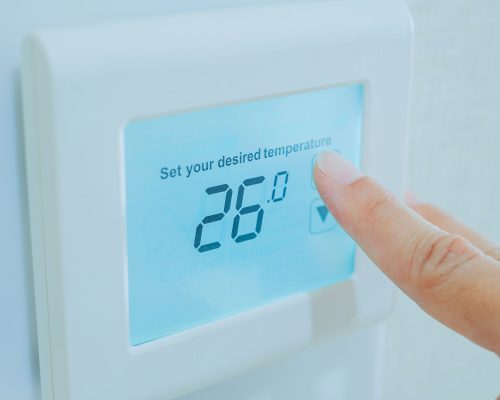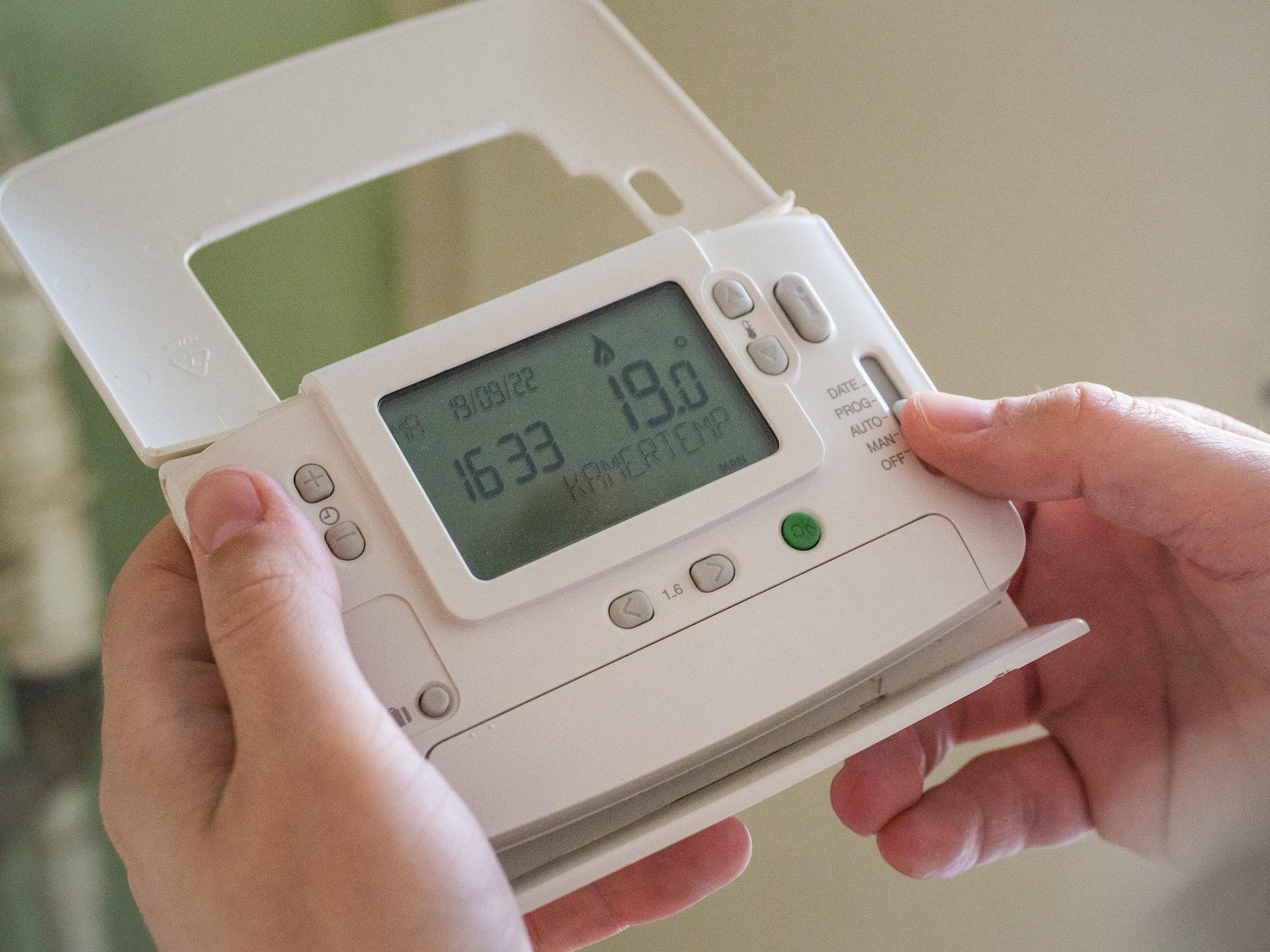Underfloor heating is up to 40% more efficient than standard heating methods. Therefore, when using underfloor heating, you can expect to save money on your bills. In this blog, we will go through how reducing your underfloor heating ramp-up time can help you save even more money!
What Does “Ramp-Up Time” Mean?
The ramp-up time, also referred to as “heat-up time,” is the time it takes for your heated floor to achieve the appropriate temperature. The underfloor heating system will operate at full power during the ramp-up period until the desired temperature is reached.
The system will need to cycle on and off to maintain this target temperature once reached, which means it will use considerably less power than it did during the first ramp-up period. This implies that the system will be more cost-effective and use less energy since it warms up more quickly.
Additionally, smart thermostats increase the effectiveness of your floor heating system. Using underfloor heating with a smart controller can reduce your annual energy costs by £400.

How To Reduce The Ramp-Up Time To Save Energy Costs
Many factors affect the ramp-up time for an underfloor heating system. Here we will go through the main factors that affect the heat level your underfloor heating system produces.
Heat Loss
Losing heat impacts the efficiency and ramp-up time of your underfloor heating, and insulation is partly the answer. However, other factors can cause heat loss.
Installing is crucial. When installing a wet underfloor heating system, expanding the loops of plastic pipe will result in a more effective system in high heat loss areas. This is especially true in front of
patio windows or exterior doors. This is because heat can be provided in significant quantities at a higher heat loss level, preventing long-term heat loss.
In other words, you want to keep as much heat in your house as possible so that your heating system uses less kWh to provide the same heat.
Insulation
Insulation is an important factor for underfloor heating to work efficiently. Insulation should be installed under the underfloor heating pipes to prevent heat from escaping. The efficiency of an underfloor heating system will depend on the building fabric and insulation level, which must always be considered during the design of your system. This helps save money and energy as you won’t need to heat your home all the time, only have a consistent temperature throughout the rooms in your home.
Flooring
The type of flooring in your property will affect the duration it takes underfloor heating to warm up. Therefore, the choice of floor covering is critical; if you want to learn more about the most suitable flooring for underfloor heating, you can check out our other blog, which discusses the different types of flooring and their efficiency with underfloor heating.
Resting Temperature
Usually, we turn off our heating systems when it is no longer needed. If your home is well-insulated and collects warm air, the resting temperature will not dip too much. Therefore, when the heating system is turned on, it doesn’t have to use as much energy to heat your home to its ideal temperature.
Underfloor heating keeps your home warm and cosy without huge heating costs, especially when it is used effectively! If you want underfloor heating, then contact us today or view our wide range of products on our website!
